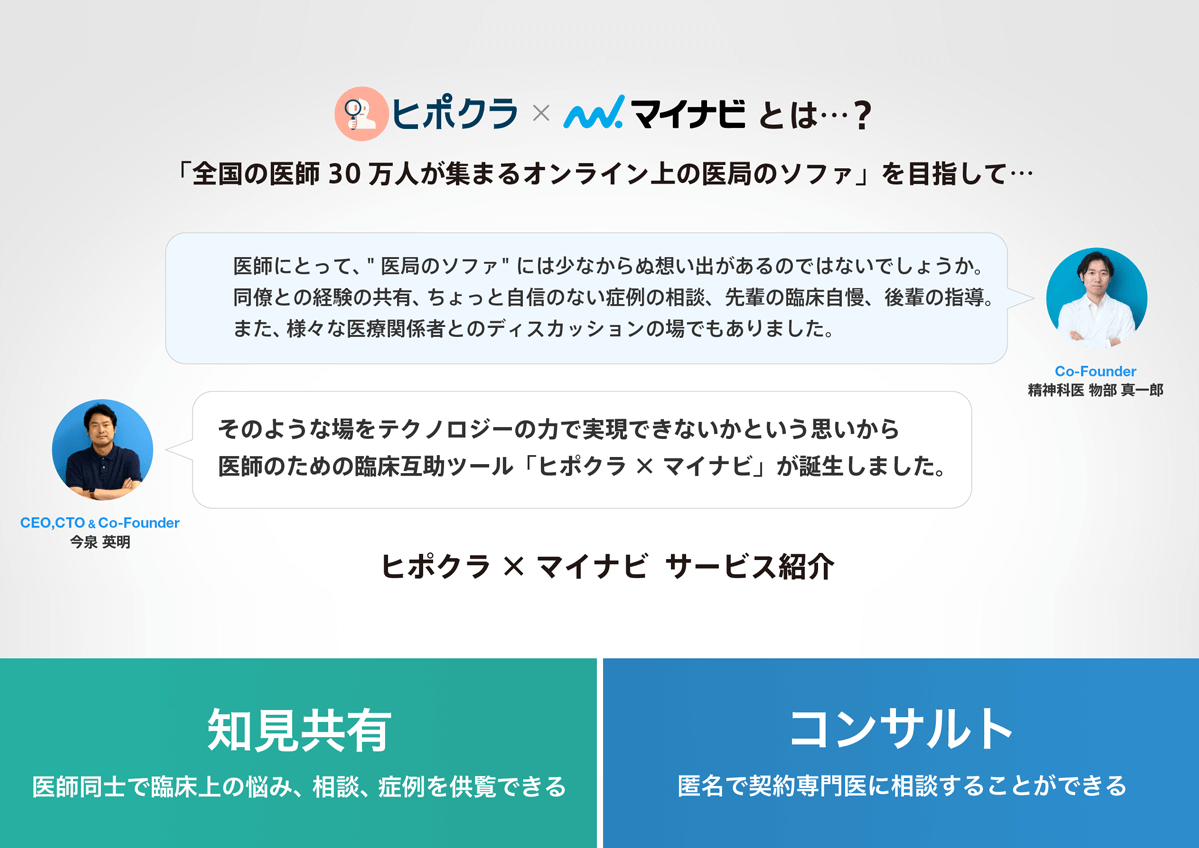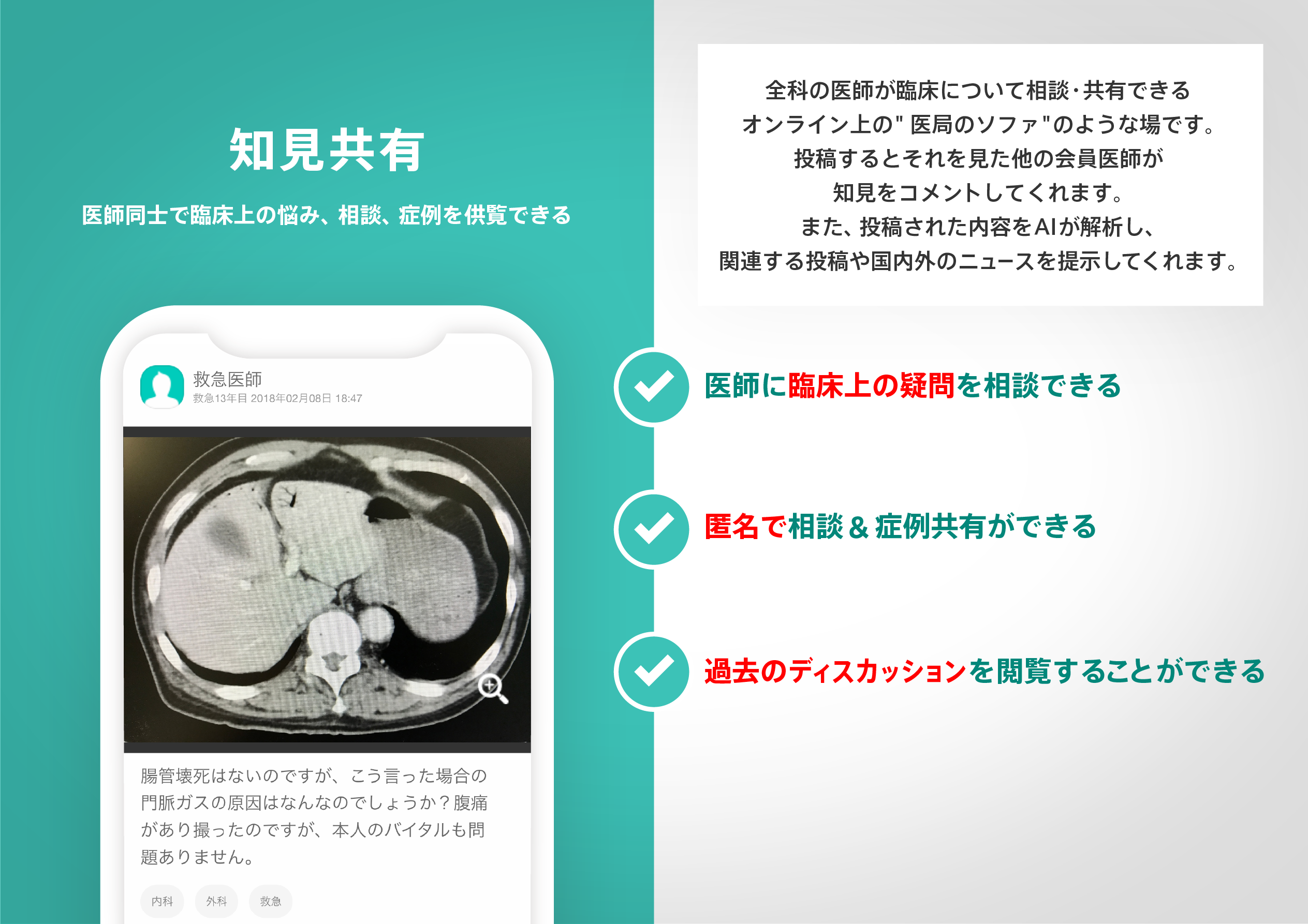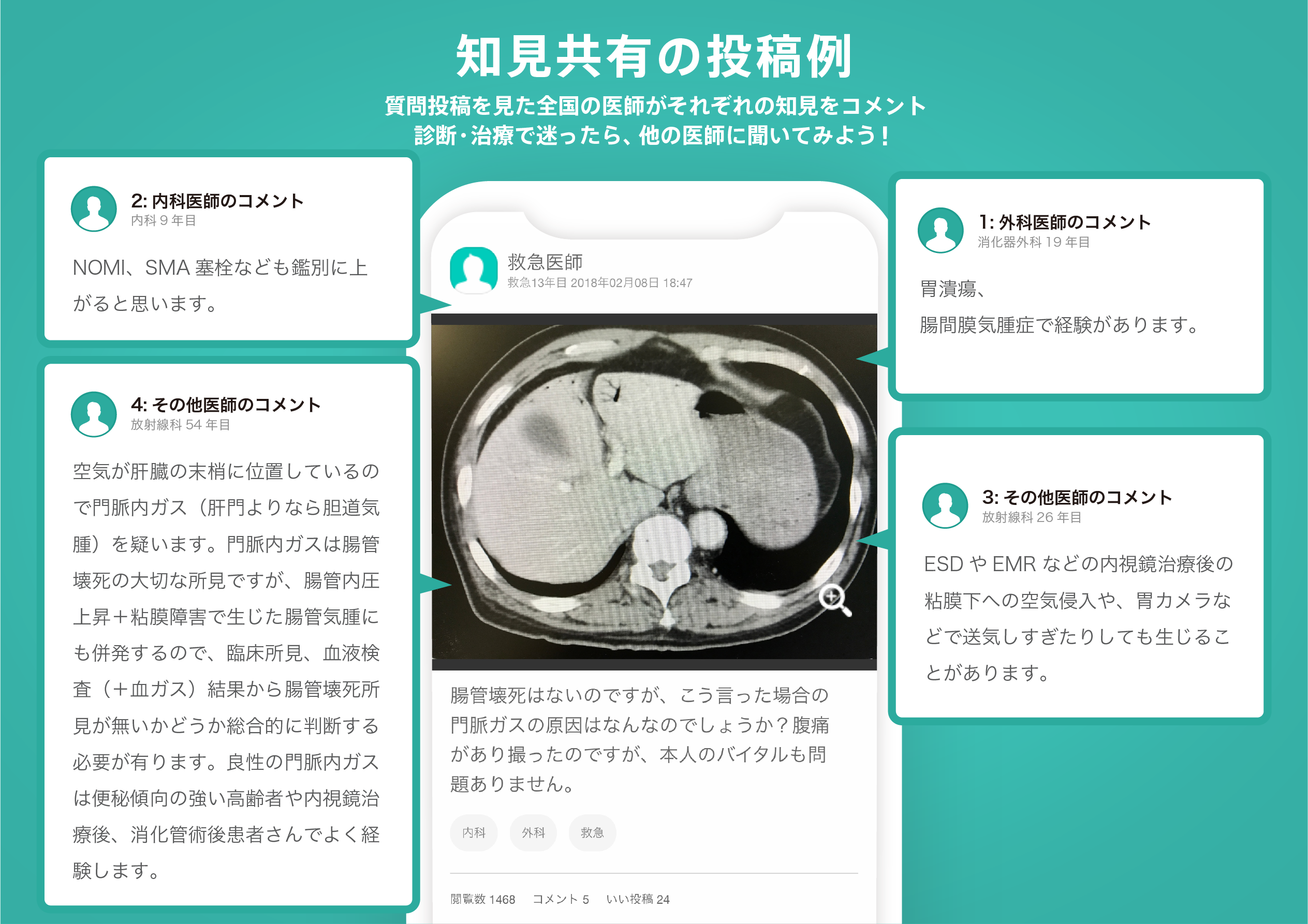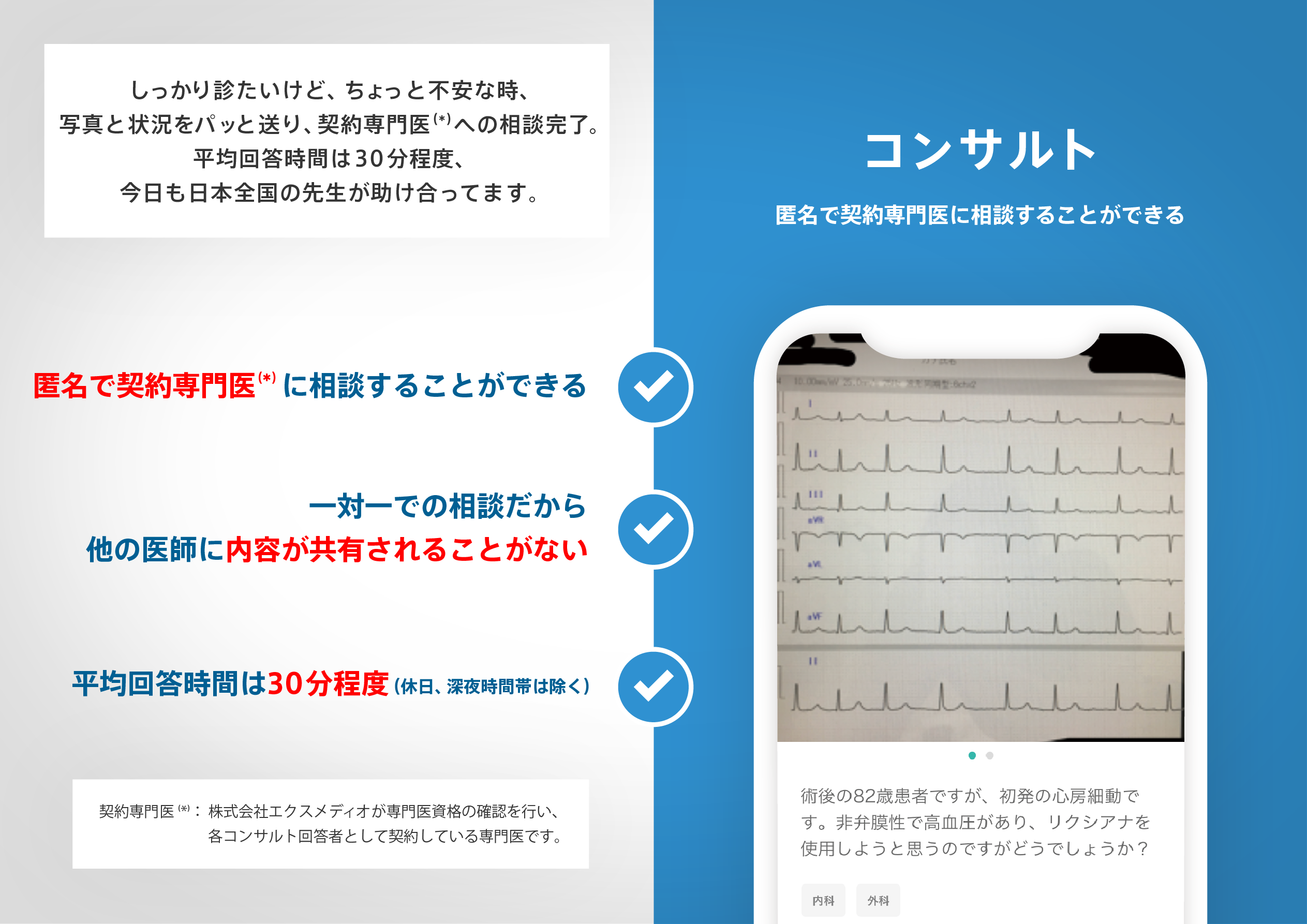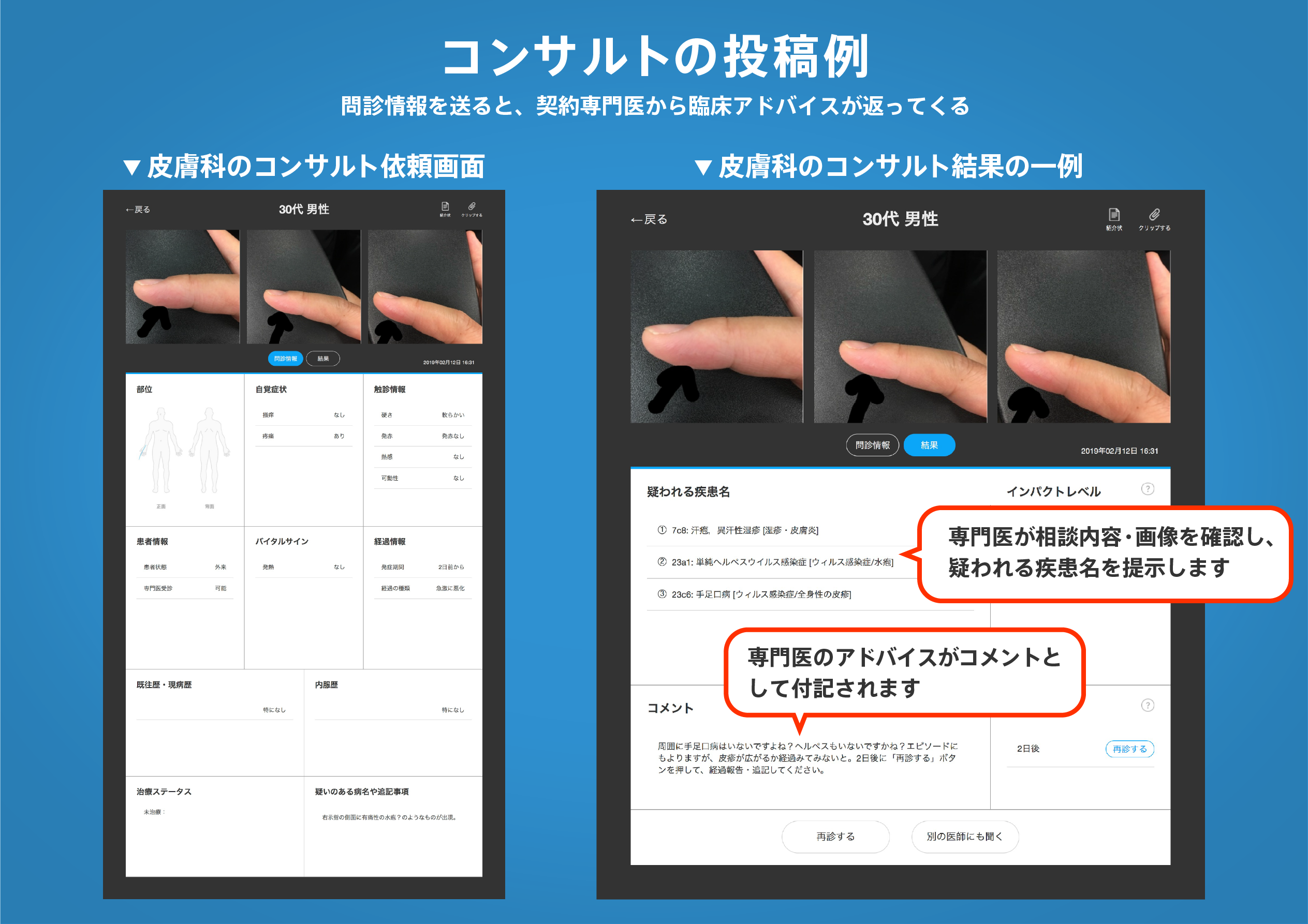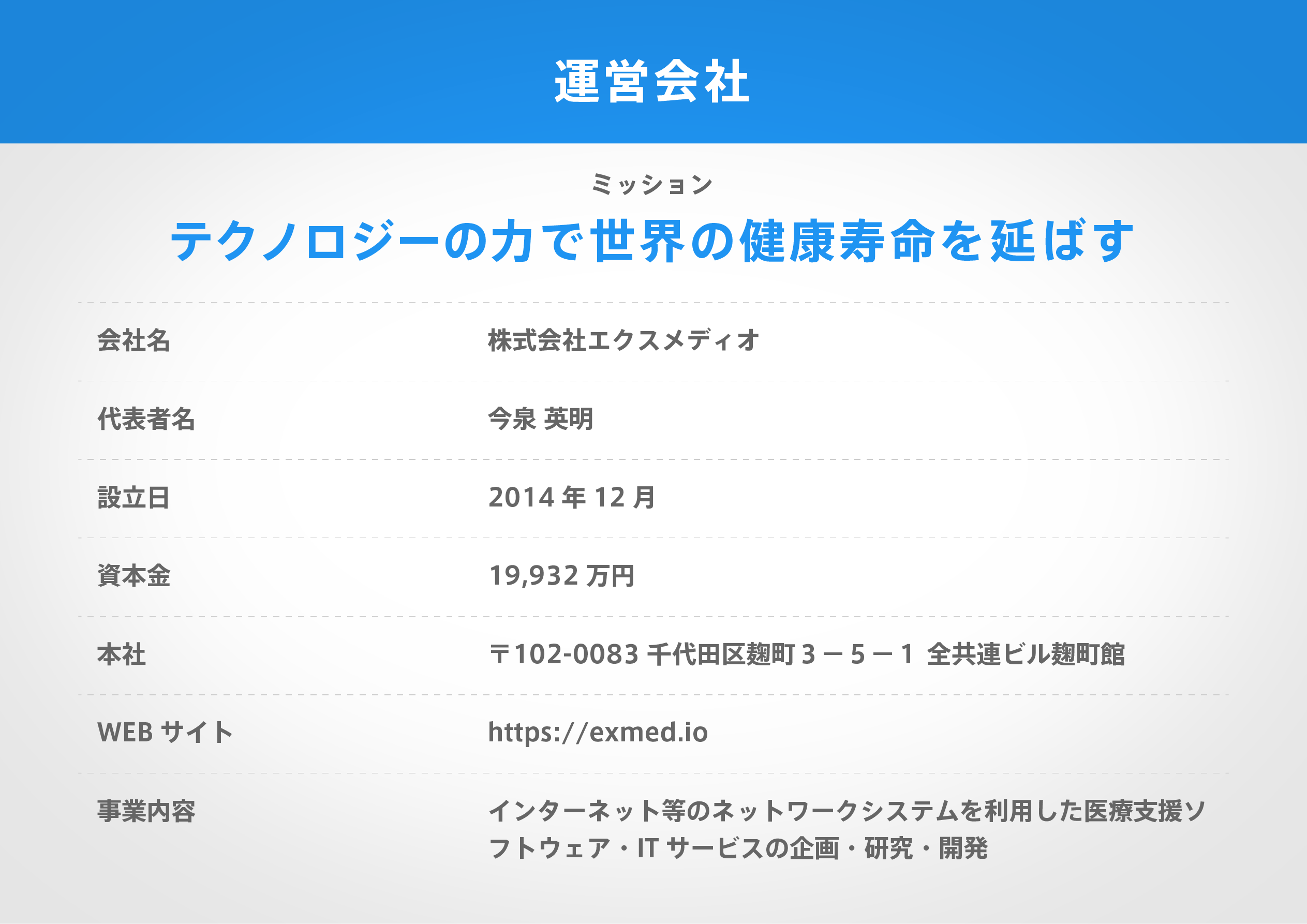著名医師による解説が無料で読めます
すると翻訳の精度が向上します
背景:ビタミンA欠乏症(VAD)は、この視覚と生命を脅かす状態をスクリーニングして治療するための堅牢な国家的努力にもかかわらず、ネパールの子どもと妊娠中の女性の間で継続的な公衆衛生上の懸念です。 目的:ネパールの子供や妊娠中の女性のVADの迅速で非侵襲的なスクリーニングツールとして、VeggieMeter®で測定された皮膚カロテノイドスコアを評価する。 方法:この断面研究では、ネパールの3つの異なる外部生態局(ティレー、丘、山)の公立病院から164人の妊婦と168人の子供(8〜12歳)を登録しました。主な結果は、皮膚カロテノイドの状態がVADのバイオマーカーである可能性があるかどうかを評価しました。VeggieMeter®で皮膚カロテノイドスコアを決定し、それらを高速液体クロマトグラフィ(HPLC)によって評価された血清レチノールおよび総カロテノイド濃度と比較しました。相関分析を使用して、血清レチノールと総カロテノイド濃度と野菜メーター評価の皮膚カロテノイド状態との間の二変量関連を決定しました。受信者動作特性(ROC)曲線が決定され、p値<0.05が統計的に有意であると見なされました。 結果:妊婦の8.5%とこの研究の子供の13.0%が重度のVAD(血清レチノール<200 ng/ml)を持っていることがわかりました。妊娠中の女性と子供の間で、皮膚カロテノイドスコアと血清レチノールと総カロテノイド濃度との間には有意な相関がありました(r = 0.253〜0.530、p≤0.001)。VeggieMeter®は、妊婦で57.1%の感度と82.7%の特異性、子供で61.9%の感度と75.9%の特異性を持つ重度のVADを検出しました。 結論:VeggieMeter®でVADを検出するには感度と特異性が中程度でしたが、この迅速で非侵襲的なポータブルデバイスを使用した皮膚カロテノイド評価は、ネパールおよび同様の発展途上国での高リスクのVADスクリーニングにとって依然として価値がある可能性があります。血清ビタミンA濃度の測定。
背景:ビタミンA欠乏症(VAD)は、この視覚と生命を脅かす状態をスクリーニングして治療するための堅牢な国家的努力にもかかわらず、ネパールの子どもと妊娠中の女性の間で継続的な公衆衛生上の懸念です。 目的:ネパールの子供や妊娠中の女性のVADの迅速で非侵襲的なスクリーニングツールとして、VeggieMeter®で測定された皮膚カロテノイドスコアを評価する。 方法:この断面研究では、ネパールの3つの異なる外部生態局(ティレー、丘、山)の公立病院から164人の妊婦と168人の子供(8〜12歳)を登録しました。主な結果は、皮膚カロテノイドの状態がVADのバイオマーカーである可能性があるかどうかを評価しました。VeggieMeter®で皮膚カロテノイドスコアを決定し、それらを高速液体クロマトグラフィ(HPLC)によって評価された血清レチノールおよび総カロテノイド濃度と比較しました。相関分析を使用して、血清レチノールと総カロテノイド濃度と野菜メーター評価の皮膚カロテノイド状態との間の二変量関連を決定しました。受信者動作特性(ROC)曲線が決定され、p値<0.05が統計的に有意であると見なされました。 結果:妊婦の8.5%とこの研究の子供の13.0%が重度のVAD(血清レチノール<200 ng/ml)を持っていることがわかりました。妊娠中の女性と子供の間で、皮膚カロテノイドスコアと血清レチノールと総カロテノイド濃度との間には有意な相関がありました(r = 0.253〜0.530、p≤0.001)。VeggieMeter®は、妊婦で57.1%の感度と82.7%の特異性、子供で61.9%の感度と75.9%の特異性を持つ重度のVADを検出しました。 結論:VeggieMeter®でVADを検出するには感度と特異性が中程度でしたが、この迅速で非侵襲的なポータブルデバイスを使用した皮膚カロテノイド評価は、ネパールおよび同様の発展途上国での高リスクのVADスクリーニングにとって依然として価値がある可能性があります。血清ビタミンA濃度の測定。
BACKGROUND: Vitamin A deficiency (VAD) is an ongoing public health concern among children and pregnant women of Nepal despite robust national efforts to screen and treat this vision- and life-threatening condition. OBJECTIVE: To evaluate skin carotenoid scores measured with the Veggie Meter® as a rapid, non-invasive screening tool for VAD in Nepali children and pregnant women. METHODS: This comparative cross-sectional study enrolled 164 pregnant women and 168 children (aged 8 to 12 years) from public hospitals in three distinct outlying ecological regions of Nepal (Terai, Hill, and Mountain). The primary outcome assessed whether skin carotenoid status could be a biomarker for VAD. We determined skin carotenoid scores with the Veggie Meter® and compared them with serum retinol and total carotenoid concentrations assessed by high-performance liquid chromatography (HPLC). Correlation analysis was used to determine bivariate associations between serum retinol and total carotenoid concentrations and Veggie Meter® assessed skin carotenoid status. Receiver operating characteristics (ROC) curves were determined and a p-value <0.05 was considered statistically significant. RESULTS: We found that 8.5% of pregnant women and 13.0% of children in this study had severe VAD (serum retinol <200 ng/ml). There were significant correlations between skin carotenoid scores with serum retinol and total carotenoid concentrations among pregnant women and children (r = 0.253 to 0.530, p ≤ 0.001). The Veggie Meter® detected severe VAD with 57.1% sensitivity and 82.7% specificity in pregnant women and 61.9% sensitivity and 75.9% specificity in children. CONCLUSION: Although sensitivity and specificity were moderate for detecting VAD with the Veggie Meter®, skin carotenoid assessment using this rapid, non-invasive portable device could still be valuable for high-risk VAD screening in Nepal and similar developing countries with limited access to laboratory measurement of serum vitamin A concentrations.
医師のための臨床サポートサービス
ヒポクラ x マイナビのご紹介
無料会員登録していただくと、さらに便利で効率的な検索が可能になります。

